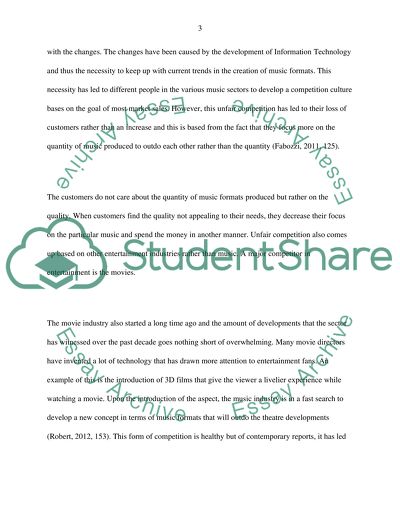Cite this document
(“Economic Theories and the Music Industry Essay Example | Topics and Well Written Essays - 2000 words”, n.d.)
Retrieved from https://studentshare.org/macro-microeconomics/1449154-subject-economics-of-leisure-title-is-in
Retrieved from https://studentshare.org/macro-microeconomics/1449154-subject-economics-of-leisure-title-is-in
(Economic Theories and the Music Industry Essay Example | Topics and Well Written Essays - 2000 Words)
https://studentshare.org/macro-microeconomics/1449154-subject-economics-of-leisure-title-is-in.
https://studentshare.org/macro-microeconomics/1449154-subject-economics-of-leisure-title-is-in.
“Economic Theories and the Music Industry Essay Example | Topics and Well Written Essays - 2000 Words”, n.d. https://studentshare.org/macro-microeconomics/1449154-subject-economics-of-leisure-title-is-in.


